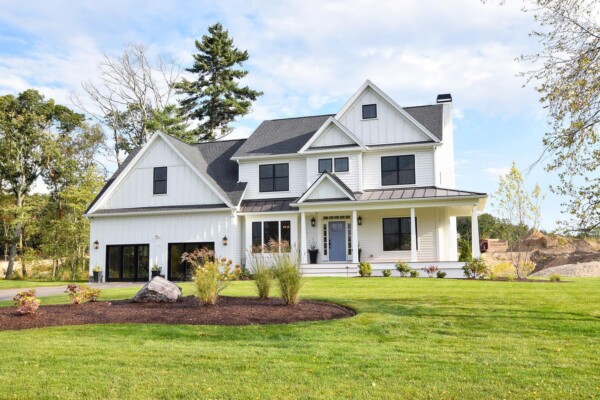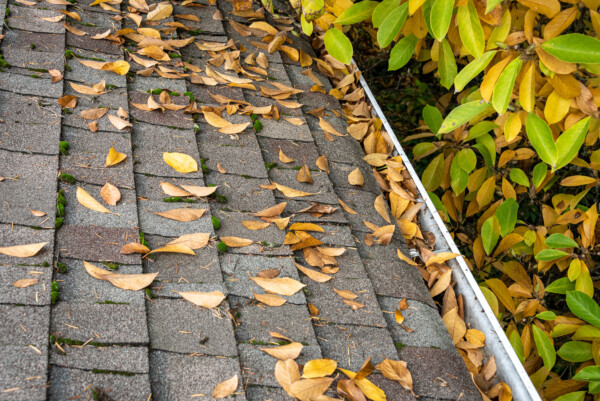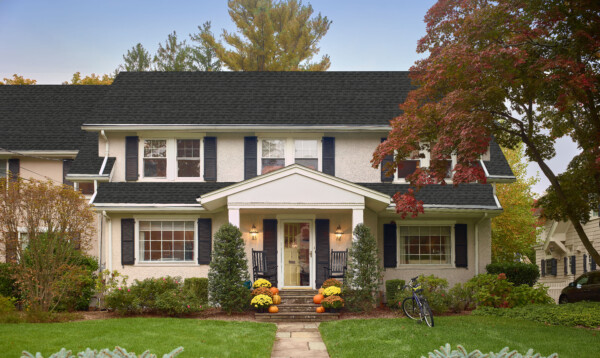
Are you ready for a cold and snowy winter ahead? According to Farmers’ Almanac, the brr is coming back! Expect snow and lots of it, so get your shovel ready and examine your exterior for potential energy loss. Keep in mind that heating and cooling use up to 56% of your home’s energy, so being proactive can help you stay warm with more money in your wallet.
As the temperatures start to drop, a fall home maintenance checklist can help you prepare for the brunt of fall and the colder winter temperatures. We want to help you protect what matters most this season, allowing you to enjoy a cozy home with lower energy bills. This fall home maintenance checklist will help you transform home improvement and get your home in tip-top shape for the winter season and beyond.
Tend to your gutters before clogs become a problem
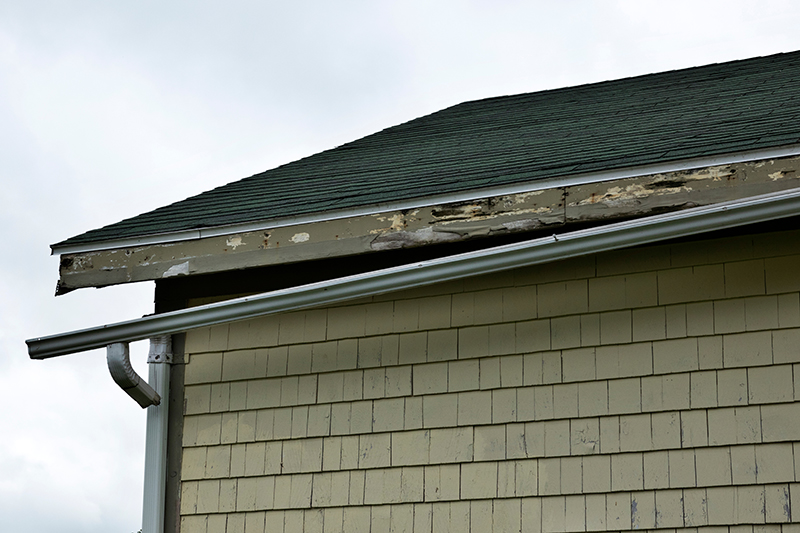
Feeling overwhelmed by the debris in your gutters and leaves in your yard? If you discover clogs, remove them before they wreak havoc on your foundation. Clean gutters are essential to the health of your exterior, ranging from your roof to your foundation.
Gutter cleaning tips for New England homeowners:
- Wait for a day when the leaves inside the gutters are dry
- When using a ladder, never climb above the second to last step and do not extend your reach
- While you’re tending to your gutters, take the time to look over your roof for damage. Check for issues such as:
- Missing shingles
- Curled shingles
- Moss and algae growth.
- After the gutters are cleaned, use a rake with a wider tine spread of about 30 inches and rake in the same direction as the wind.
- Mulch your leaves with a mower, which helps keep your soil healthy.
- When you are ready to put your lawn mower away drain the gas and use a fuel stabilizer to keep the engine from degrading.
- Be sure to consider gutter guards/covers as they keep out all types of debris including pine needles, leaves, roof granules (a warning sign that you need a new roof.) They sit directly on your existing gutters to give you peace of mind by preventing damage to your home. Nothing but water should be entering your gutters.
Service your furnace
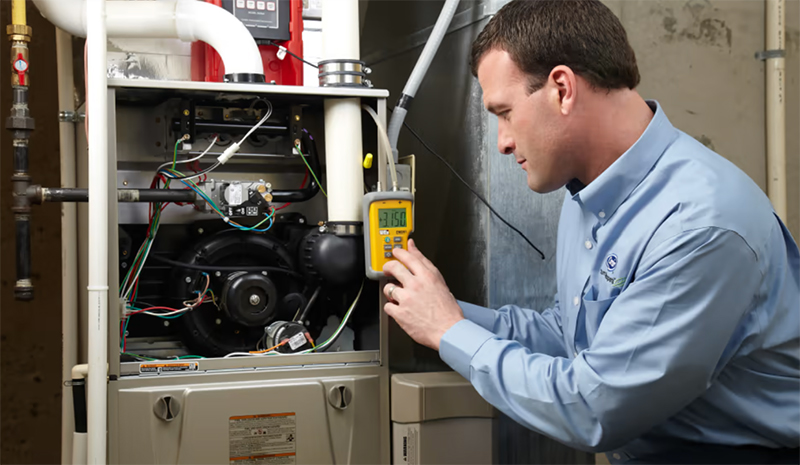
Image Source: Carrier
Having your furnace inspected and maintained on a yearly basis will save you save money and preserve your furnace through winters for years to come. Their inspection prolongs the life of your furnace and avoids potential health hazards.
The most important reasons to do a furnace check are to rule out:
- Check for carbon monoxide leaks
- Make sure it’s running efficiently to save money on your energy bills
- Keeps your warranty valid and reduces costly repairs
Inspect your roof for loose or missing shingles
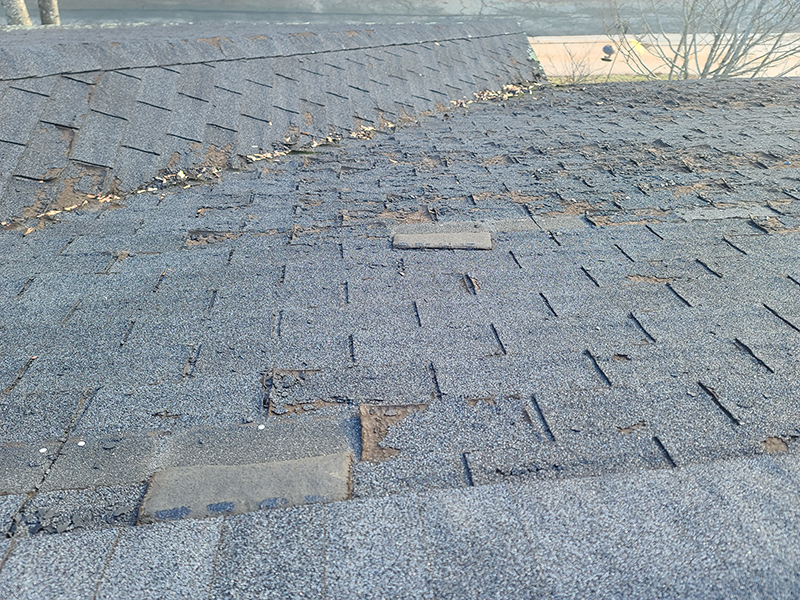
Not only is this important for the general maintenance of your home, but it’s also critical for the performance of the roof.
Top signs that you need roof replacement
- You find curled or missing shingles.
- There is moisture damage or roof on attic rafter beams.
- High energy bills during the summer and winter.
3 roofing options to protect against New England’s winter weather
-
- GAF asphalt shingles provide a lifetime of performance. As America’s #1 shingle, asphalt roofing defends against the elements, including rain, sleet, and snow. The roofing system is engineered to balance attic temperature, lower energy bills and prevent ice dams.
- True Nature Metal Roofing is engineered with interlocking panels for maximized wind resistance. Winter storms don’t stand a chance against the defense of a metal roof! This is also a fire-resistant roofing option, adds home value, improves energy efficiency and snow slides right off during the winter.
- Certainteed Solar Roofing Shingles- launching this Fall! Experience the pinnacle of energy production, using high efficiency low profile lightweight solar cells to capture and convert maximum solar energy generating clean energy without the bulky look of racks and panels while protecting your home from water intrusion. Did you know that solar shingles can provide a power rating of 70 watts per solar shingle?
Check windows and doors for drafts
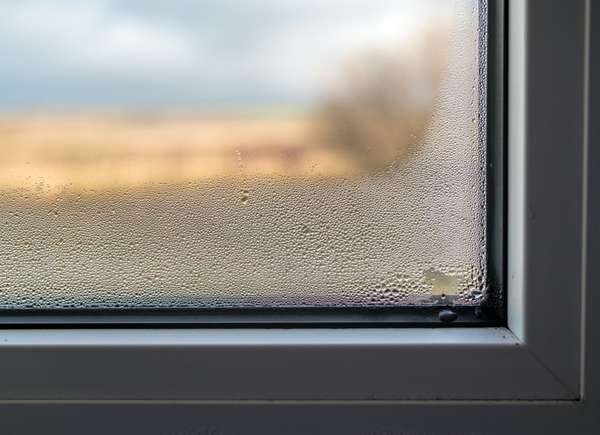
Image Source: Bob Villa
Drafty windows and doors can cause energy bills to soar. This is caused by air infiltration, which allows energy to escape and makes your home feel drafty. Check out these
6 visible signs of drafty windows:
- Windows appear out of plumb and crooked.
- Air infiltration through the sash, the sill, and where the sash meets the frame aka meeting rail.
- Cracked window panes
- Sal cracks or damage in the glass or weatherstripping areas.
- Condensation on the windows or between the panes.
- The curtains move when the window is closed.
Save more energy with a smart thermostat
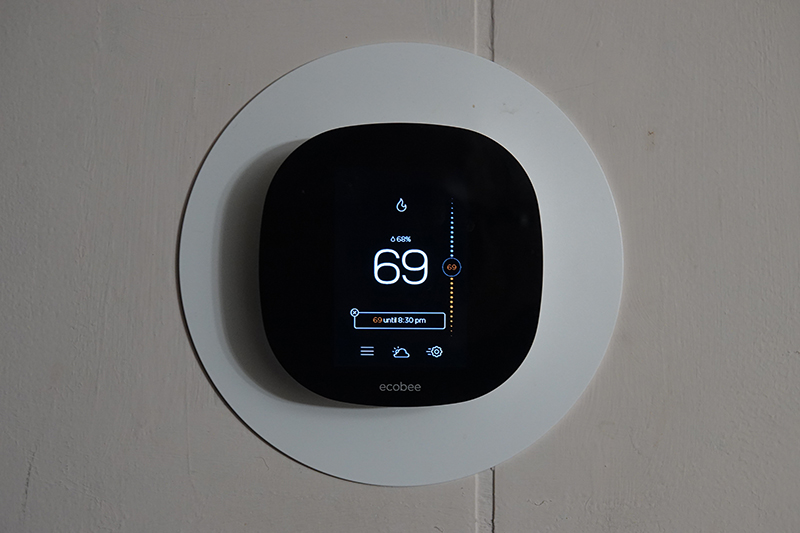
- Replace Smoke Detector Batteries. House fires are more frequent in the fall and winter. Be sure to replace your smoke detector battery.
- Get a Smart Thermostat. Consider investing in a programmable thermostat. This can help you save money while saving energy at the same time. Did you know that for every 1 degree a thermostat is set back, homeowners can save 1% to 3% on their annual heating costs?
- Schedule an Annual Chimney Sweep. Check your chimney for soot buildup. Have it swept if there is 1/8 inch or more of soot.
- Arrange for Firewood. If you use your fireplace for heating purposes, get a head start on chopping or ordering firewood. Store dry firewood at least 15 feet away from your home. This will help reduce the risk of termite infestation. Consider Vinyl Siding or James Hardie siding installation as it’s termite resistant.
Check for exterior siding damage
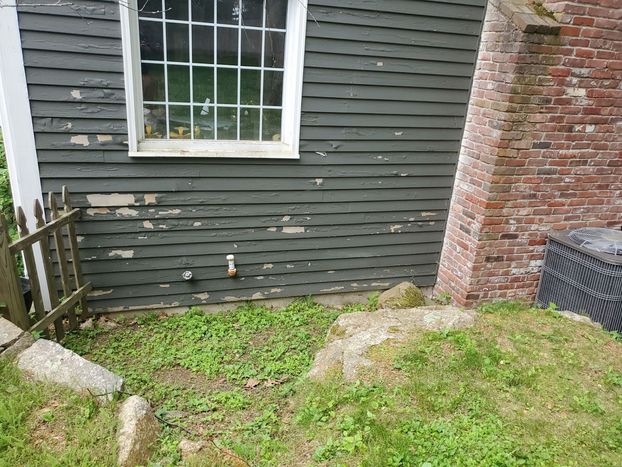
Damage and cracks aren’t always cosmetic problems when it comes to your exterior. There is typically trouble lurking beneath the surface when you find damage to windows, doors, siding, and roofing. Bob Vila states, “Siding protects your home from the elements, keeping your family comfortable and safe and if your siding has begun to rot or crumble, then it cannot perform its vital role.” You can trust that our vinyl siding will not decay with New England weather.
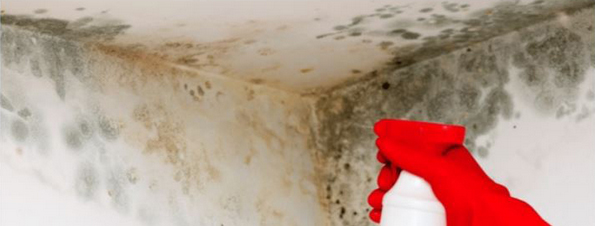
8 signs that your siding is failing:
-
- Check for any cracks in your foundation
- Rotting, chipped, or loose siding panels and windows trim. Tapping on siding with the handle of a screwdriver can reveal dry rot problems
- Gaps around the window frames or seals
- Areas where the exterior is missing, exposing your home to the elements. If insects have gotten into or through the siding, they can not only cause trouble on their own, but the holes they make also allow rain and snow to get into and, eventually, underneath the siding.
- Peeling paint or loose wallpaper inside the home as old siding allows moisture to seep its way underneath the siding. This may cause significant damage to the interior walls of a home.
- Fungus, mold, and mildew which may indicate that water is penetrating it and being held inside the wall.
- Severely faded siding, which means not only doesn’t have the desired curb appeal but the effective waterproofing of the siding may have also run its course.
- Bubbles in the Siding is an indication that water has become trapped and an immediate red flag. The one thing that siding is meant to do is to keep moisture away from the walls under the siding.
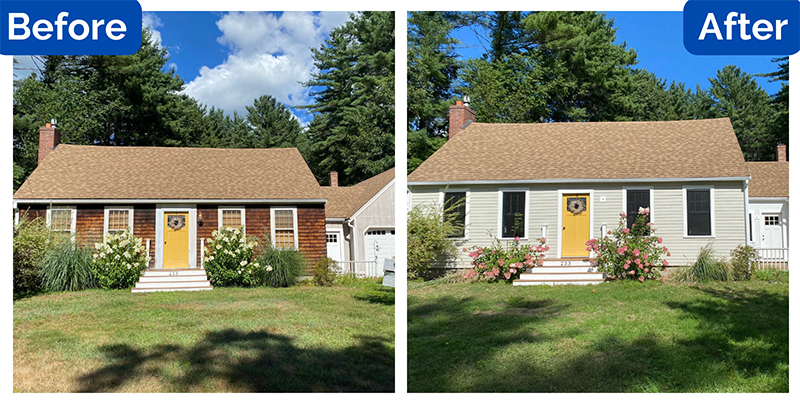
Top 3 Siding Options for New England’s Climate:
- Foam Backed Vinyl siding brings the benefit of low maintenance and innovative thermal resistance technology. House wrap by Block-It serves as an additional shield to the elements. It wraps around your home and serves to keep moisture out, including snow. This is primarily used during the vinyl siding installation process. Furthermore, foam backing ensures your home is insulated and reduces heat transfer by way of thermal bridging. Click here to read What is House Wrap & Siding Foam Board? The Energy Efficient Superheros with Moisture-Proof Power
- James Hardie® not only brings unparalleled aesthetics, but it can also make your home more energy efficient. Rigid foam is precisely engineered for New England’s climate, all while reducing drafts and air infiltration with HardieWrap. Also approved for many historic districts.
- Everlast Composite Siding is a great option if you also want lifetime performance & fade protection warranty-No cracking, no peeling, no painting. Everlast is made from over 60% stone, has no wood fibers and won’t rot, guaranteed.
Keep insects and critters out of your home
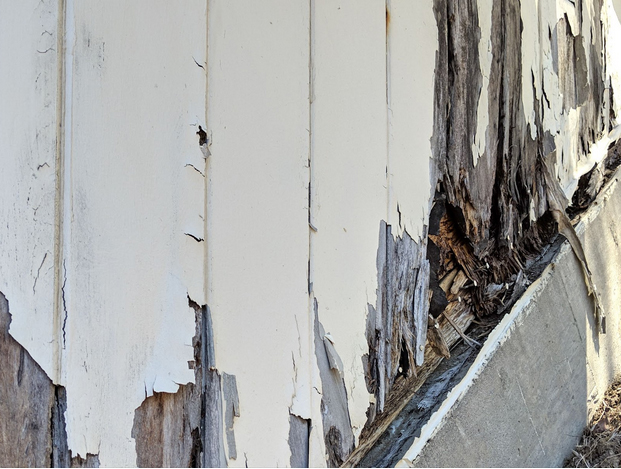
How to keep critters from ruining your exterior
- Make sure your siding and foundation are secure as termites are drawn inside by moisture, wood in contact with the house foundation, and cracks in building exteriors. According to Orkin, seal any crack or fissure in home foundations or gaps in siding that offer termites the opportunity to come inside.
- Seal any gaps where critters can crawl into your home. Keep in mind that mice only need a tiny entryway to make your house their home. In fact, a mouse only needs a crack of about 1/4th inch to squeeze through! This is about the width of a pencil.
- Eliminate any wood in contact with the ground as termite problems often occur when wood components of the building are in direct contact with soil.
- Water should be diverted away with properly functioning gutters, downspouts and splash blocks as having moisture accumulate near the foundation is a magnet to attract termites as they are attracted to moisture and are more likely to infest if the soil next to the foundation is consistently moist.
- Choose a siding that is Insect-Resistant as opposed to wood ,which are vulnerable to wood-boring insects. Wood can require costly and recurring pest control. Never worry about insects feasting on your siding again.
Not only does foam help with thermal bridging, but it also helps with termite infestation. Our foam insulation weatherproof exterior product is treated with a safe insecticide that protects your home from termite damage. Most people don’t know they have a problem until it’s too late. Rest assured and have peace of mind as this product not only saves energy but it protects your home from future termite damage. This treated foam doesn’t just repel the insects it kills BEFORE they can inflict any damage.
Prevent ice dams this winter
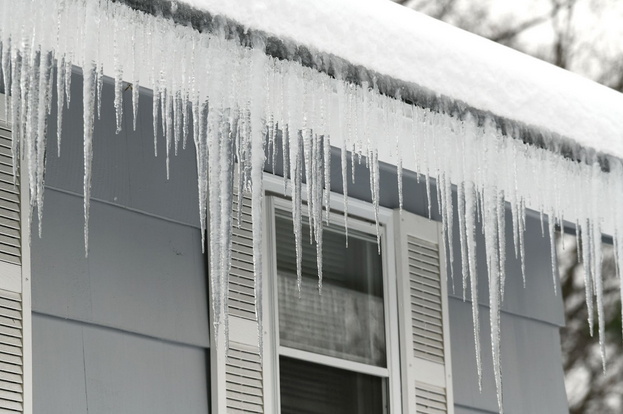
Ice dams are another major challenge that homeowners face in cold weather. Ice dams form when your attic space is too warm, which makes the snow melt off your roof and collect in the gutter. From there, it freezes and ice dams will form.
Worse yet, dripping water from melted ice dams can collect on your porch or driveway and re-freeze, causing serious tripping hazards.
How to prevent ice dams
- Ensure your attic doesn’t get too warm in the winter. It should be about the same temperature as the outdoors.
- Make sure your roof is property ventilated. You need cold air flow through your attic in the winter to achieve the correct temperature for ice dam prevention. You should have the proper intake and outtake of air. Check that you have proper soffits and ventilation.
- Seal off air leaks or gaps that can interfere with the temperature inside your attic.
- It is important that your roof has a breathable underlayment and at least 6’ of ice and water shield. This prevents any water from entering the home.
- If your roof is old and underperforming, get it replaced now! This is a surefire way to prevent ice dams for many years into the future.
Invest in energy efficient products
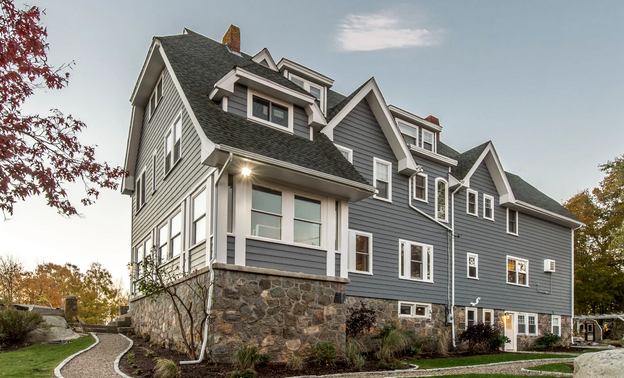
When was the last time you upgraded your windows, vinyl siding, or roofing? These exterior elements can make an incredible difference in the appearance and performance of your home. Let’s recap our top tips for upgrading your exterior.
Top tips for selecting energy efficient exterior products this fall:
- Install quality vinyl windows with triple pane glass and argon or krypton gas inert. This helps to insulate your home and reduces heat transfer. Meanwhile, an application of Low-e on the windows will allow the sunlight to naturally heat your home. This can result in increased energy savings all year long.
- Energy efficient entry doors not only provide enhanced home security and lower your year-round energy bills they add that beautiful curb appeal.
- Install quality GAF asphalt roofing such as GAF roof replacement products. This roofing system is engineered with performance in mind, including essential ventilation that prevents ice dams during the winter.
- Install quality True Nature metal roofing for complete protection from New England’s harsh winter climate. With an advanced interlocking system, this roof is engineered to withstand even the strongest winter storms.
- Certainteed Solar Roofing Shingle, designed to capture and convert maximum solar energy into reusable energy for your home!
- Install quality foam backed vinyl siding with insulated panels. This insulation prevents heat transfer through the wood studs and it is a large source of energy loss, otherwise known as thermal bridging. In fact, this area of your home can result in 25% of its energy loss!
- Install quality James Hardie® siding that comes equipped with HardieWrap®. Each product is designed to keep your home protected from the elements while insulating the interior.
- Everlast Composite Siding is a great option if you also want lifetime performance & fade protection warranty-No cracking, no peeling, no painting. Everlast has no wood fibers and won’t rot, stronger than vinyl to withstand high-speed winds and bitter snows, does not expand and contract in the cold, and you can get any color you want.
Consider investing in energy efficient exterior products to help save more energy this winter. Homeowners can save significantly on utility bills by upgrading to Energy Star certified windows and other home exterior products.
See your home for FREE in 3D
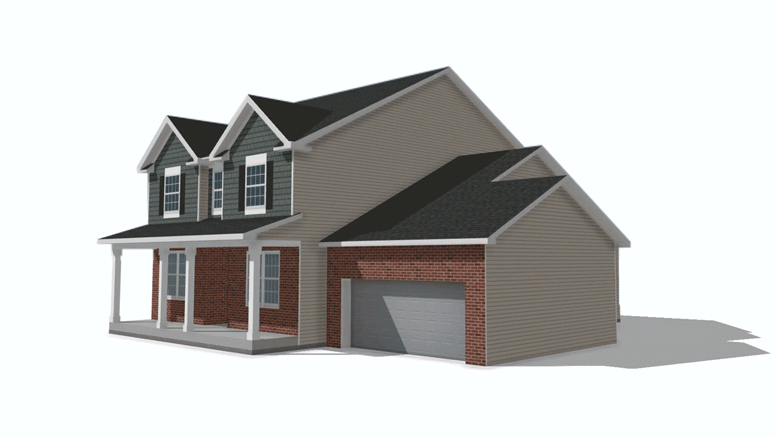
Fall is the perfect season to improve your home’s exterior. Our products can help you experience lower energy bills, more comfortable indoor living, and peace of mind against moisture and insect damage. With a free in-home design consultation, you get to see exactly what your home will look like with new windows, doors, roofing, and siding.
Looking for information on how to finance home improvements? We can help with financing. We also offer excellent promotions and 0% financing is always available!

